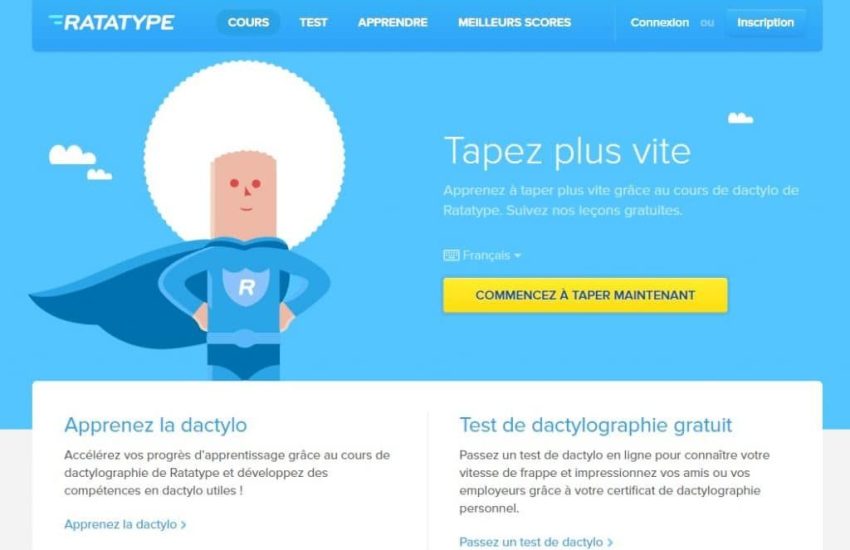What is the environmental impact of an email
What is the’environmental impact of’an email ?
The annual electricity consumption of digital technology is equivalent to the production of 9 nuclear power plants, and this, only in France. Mails obviously contribute to the ecological footprint. Moreover, e-mail is the second most requested service on the Internet, just after web page exploration.
An eco-responsible user must therefore be more attentive to his consumption.
What is the energy consumption of’an email sent ?
Internet users are rarely aware of theenvironmental impact of e-mail caused by its energy consumption. These e-mails are however energy consuming because of the complexity of the associated infrastructures. Indeed, an email sent goes through your box, the servers of access providers, the data-centers, etc.
The carbon footprint will be the same on the recipient’s side.
In one year, the electricity consumption of a box is equivalent to that of a large refrigerator. You will also have similar energy costs and environmental impact, regardless of the correspondent. Concretely, Sending an e-mail consumes as much energy as a light bulb left on for 24 hours’in a row.
Moreover, the energy footprint increases with the size of the attachments.
An employee sends an average of thirty e-mails and receives sixty daily. According to Ademe, e-mail can produce up to 13.6 tons of greenhouse gases per 100 employees. This rate represents the emissions of pollutants (CO2 and GHG) of 14 round trips between Paris and New York.
The carbon footprint will even be multiplied by 4 with 10 recipients.
Following the same logic, keeping 10 000 e-mails for a year is equivalent to the pollution level of car trips between Paris and Marseille. Yet some messages at work are a waste of money. This is particularly the case for internal emails of acknowledgements, thanks and other greetings (happy weekend, happy vacations, etc.).).
These messages can be transmitted orally.
Globally, users sent 269 billion emails per day in 2017, not including spam. These figures have risen to 288 billion by the end of 2020, or about 12 billion per hour. Radicati Group analysts even predict an increase to 333 billion daily mailings by 2022.
It is therefore important to learn simple actions to reduce one’s digital footprint.
What are the best practices to adopt in order to reduce the environmental impact of e-mail?’What are the best practices to reduce the environmental impact of e-mail use? ?

In order to limit the environmental impact of e-mail, the best technique is to not using e-mail. This solution is perfectly feasible internally. Speak directly to your interlocutor ! Up to a certain threshold, this method is still possible, even with multiple recipients.
This initiative also helps to encourage human contact and exchanges between teams.
For other contacts, you must anticipate the ecological impact of your actions. The objective is to reduce the amount of data exchanged or stored. In this way, you will not unnecessarily request storage space and servers.
The Ademe has given some practical advice to organize your email and limit its environmental impact. To achieve this:
- Use a filter to block spam and other unwanted emails;
- Regularly sort your mailbox and track down any remaining spam;
- Delete non-essential e-mails after each sorting;
- Delete data that is saved but not needed;
- Archive only the important data over a fixed period of time;
- Check your quick responses and eliminate unnecessary attachments;
- Choose light or compressed attachments;
- Look for another solution to send large files.
The size of the attachments has a significant impact on the environmentEnvironmental impact of an email. Therefore, you need to find the best alternative to transfer large documents without harming the environment. In general, the compression is effective to limit this impact.
Moreover, the operation is quite easy to carry out thanks to many software programs available on the market.
In case of unsatisfactory results, opt for a online service dedicated to the transfer of large files. This type of platform allows you to store large amounts of data and delete them from the cloud after a set time. You just have to share the direct download link without restriction of the number of recipients.
Also think about calculating its environmental impact on the long term.


